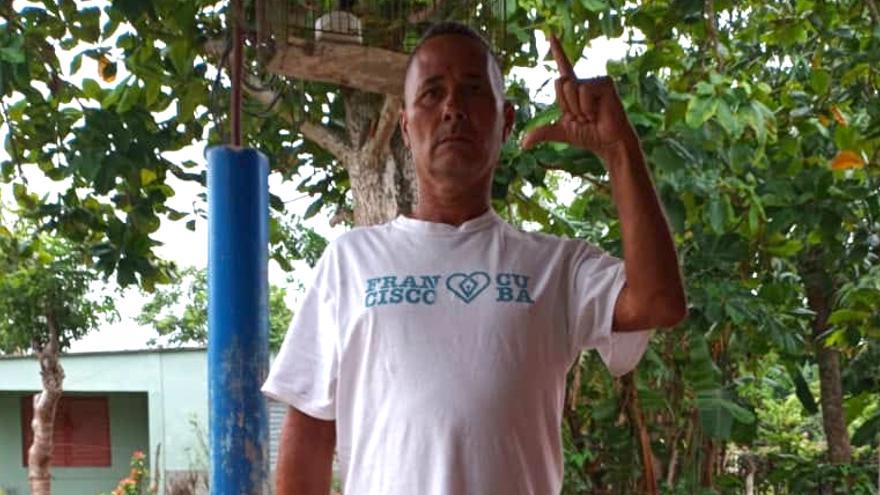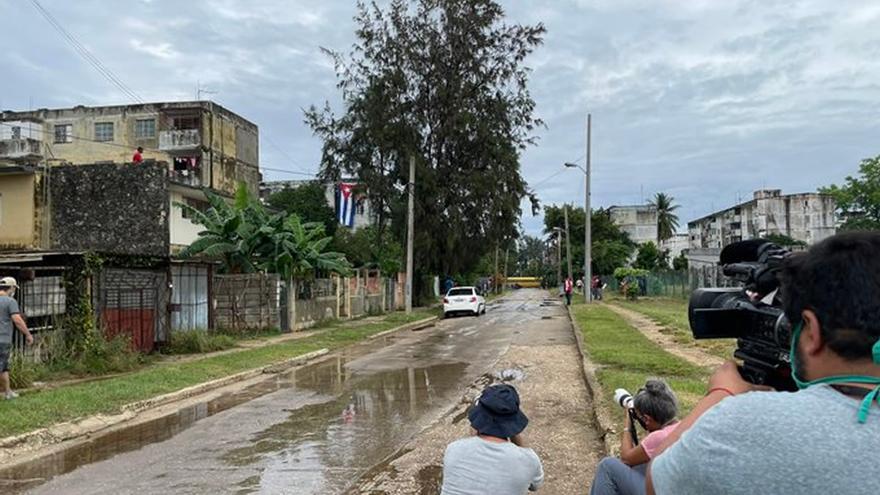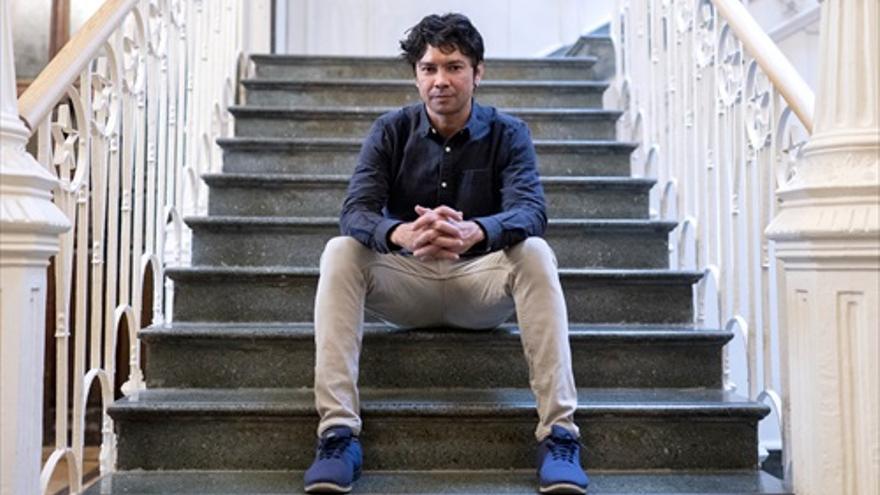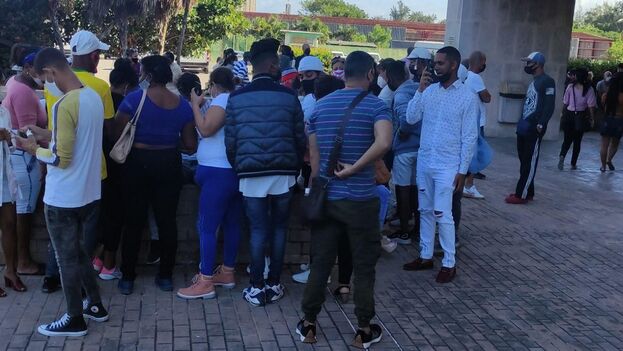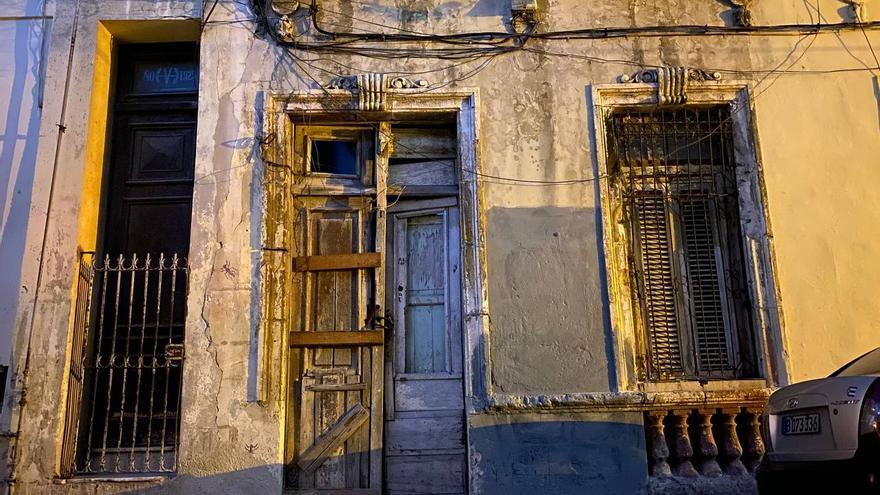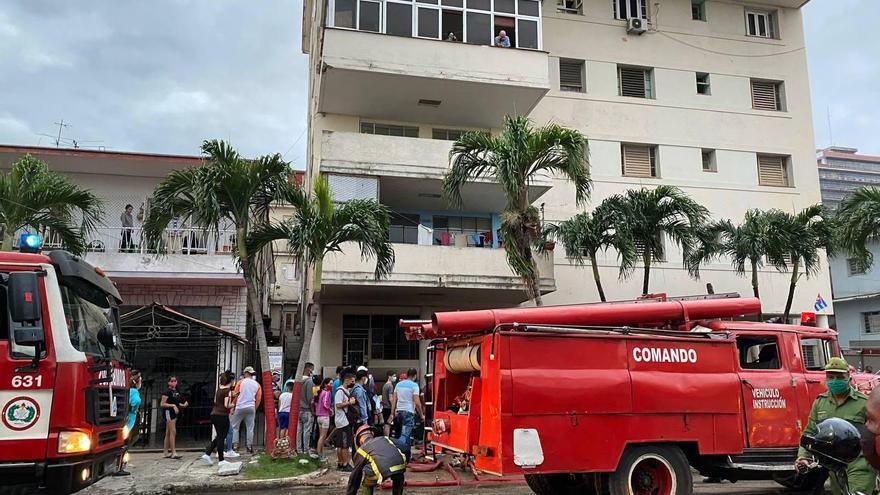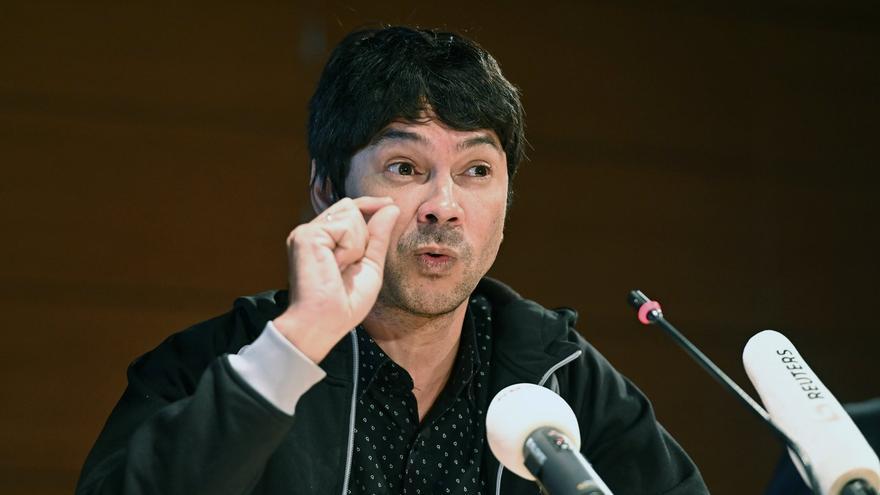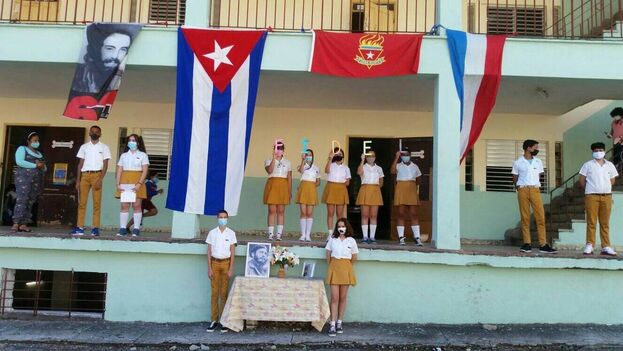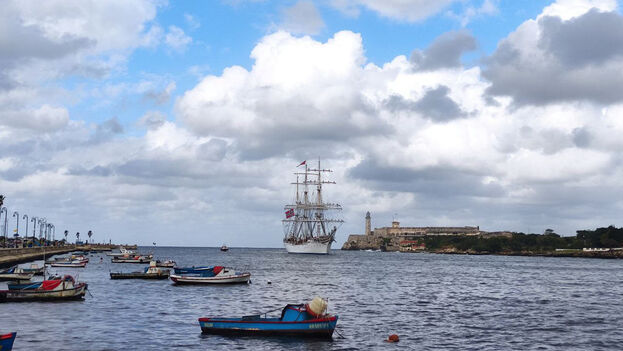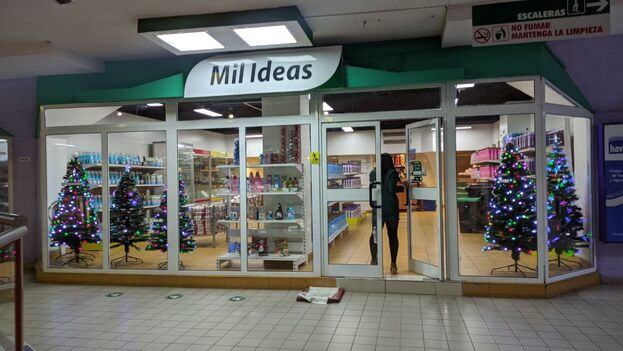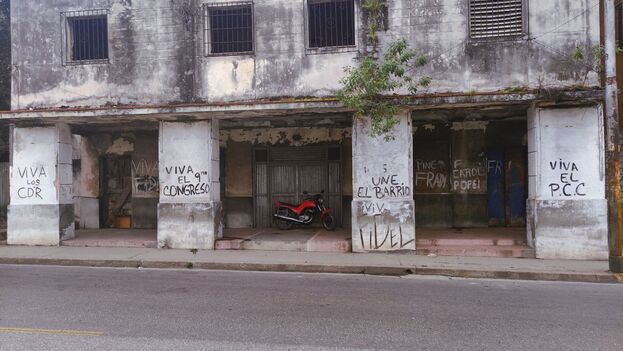
![]() 14ymedio, Havana, 26 November 2021 –The robberies and the ineffectiveness of the Cuban police were exposed this Friday by journalist Ely Justiniani Pérez. “Three robberies on my block in less than a week,” she wrote in a post. There, she regretted that the authorities had not “done anything”: neither taken fingerprints nor followed up on the cases.
14ymedio, Havana, 26 November 2021 –The robberies and the ineffectiveness of the Cuban police were exposed this Friday by journalist Ely Justiniani Pérez. “Three robberies on my block in less than a week,” she wrote in a post. There, she regretted that the authorities had not “done anything”: neither taken fingerprints nor followed up on the cases.
“What should be done? Put up a sign that says ‘patria y vida’ (homeland and life) or ’down with I don’t know who’, so that they put a little surveillance in the area?” asked the collaborator of independent news sites such as El Toque and La Joven Cuba, in clear allusion to the opposition slogans. Justiniani explained that the thief entered the house of an elderly woman who lives alone, and believes: “That means that he was in danger of death.”
The journalist addresses the authorities noting that the police officers’ salaries “are paid by the people,” and that their role “is not precisely to go after activists and young people with different political ideas,” as has been evident in the marches on July 11 and the frustrated one on November 15. “Do your real work, recontra,” she demanded.
Last October, Amanecer Habanero announced six robberies in a week committed in the El Vedado neighborhood, where the police implemented an “evasive tactic,” taking hours and even days to gather evidence continue reading
This crime wave occurs on the island, according to the Numbeo platform, which is a company registered in Serbia and founded by a former Google software engineer, and which in 2020 ranked Cuba as “the safest country in the Americas,” with a crime rate of 29.02% and safety of 70.98%, surpassing Canada and the US.
Given the silence of the official media, the thefts are reported through social networks. “One problem is that many people do not report because when they do, the police ask them for papers on the stolen objects,” one user told this newspaper. “If they are electrical appliances (properties or import papers), as there is so much illegal sale, people fear that they will end up going from accuser to accused.”
Thus, it is difficult to know the real incidence of these acts, because many times the victims choose to remain silent and, if anything, reinforce the security of their homes after suffering a robbery: buying bars, new locks or surveillance cameras. “I once reported a robbery and then I couldn’t leave the country because I was in the middle of a police investigation,” adds a woman from Havana who had a flat-screen TV and a laptop stolen from her apartment .
“When I went to leave through the airport they told me that I could not and when investigating it was my name was in the investigation file, so I withdrew the complaint because they had not caught the thief and to top it off I was receiving double punishment, I was left without my belongings and lost the money I paid for my ticket.”
Another of the most common thefts in Cuba is motorcycles, which leads the owners to organize a “hunt” for the thieves. Yoan Rosquete, for example, through Facebook “put baited motorcycles to catch them red-handed.” There are also groups in which the spoils are denounced.
To this must be added assaults, such as the one on November 10, when a medical student was threatened with a knife to steal her cell phone. The event occurred in the Ciudamar neighborhood of San Miguel del Padrón, in Havana, and was captured on video .
____________
COLLABORATE WITH OUR WORK: The 14ymedio team is committed to practicing serious journalism that reflects Cuba’s reality in all its depth. Thank you for joining us on this long journey. We invite you to continue supporting us by becoming a member of 14ymedio now. Together we can continue transforming journalism in Cuba.


